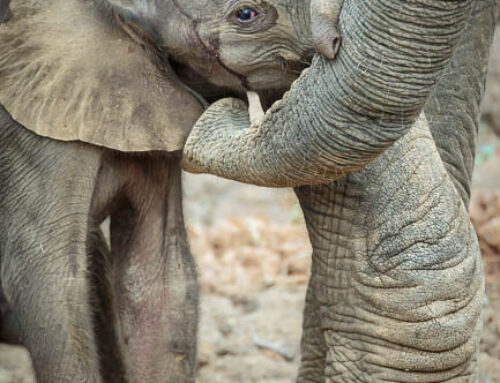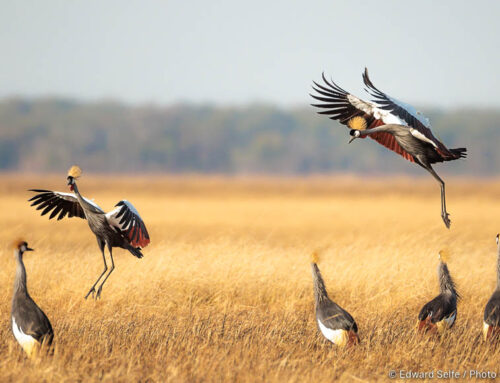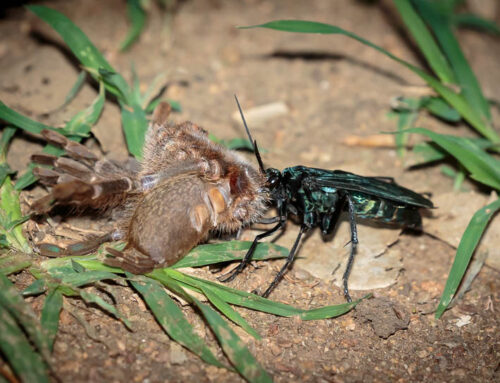Social media is full of high-impact, impressive images and videos which are a curated selection of events from the whole experience that is being promoted. This is true of the feed created by individuals as much as it is of companies hoping to sell their wares. And it’s not that surprising; we have become conditioned to amazing images with huge emotional impact so our benchmark is constantly increased.
Images which are poorly presented, or depict something commonplace are overlooked by their first few viewers and are quickly relegated by the algorithm to the bottom of the scrolling feed. I am not a social media guru by any means, but I can see this with my images. Those depicting big cats, predators and any kind of action receive the highest engagement; following that are lower quality images of big cats, predators and the very best images of iconic subjects such as elephants, zebra and giraffe; further down the popularity list come images of birds, trees, landscape and antelope, which seem to suffer heavily at the hands of the algorithm.
When choosing which images to post, I tend to focus on the high impact images which loom large among the thousands of image thumbnails on my phone. I tend to skip over images which capture lesser-known species or which don’t have the wow factor that I know some of my images do.
It’s a shame as it seems to be self-perpetuating. The more we choose to post the high-profile images, the more the appetite grows. That is why I have always maintained my blog — archaic as it may be — as a way of presenting longer, more “realistic” content about the experience on photo safari with me in Africa.
If I only got a thrill from finding the headline species, I would have tired of safari long ago (or become exhausted from the effort trying). Fortunately, there is a lot more to see on any outing in to the bush, and I want to celebrate some of that here. After all, I have always hoped that my safaris are “a first class wildlife experience with outstanding photographic opportunities and tuition”. The safari experience is uppermost and prioritising this has always rewarded me with the best photo opportunities.
I am fortunate to live year-round in the Laungwa so I’ll keep posting more general updates of life in the bush, which are a truer, and more honest, representation of life in Nature than is presented by the social media feeds that has driven so much of the appetite for consumers’ decision making in recent years.
Here follows a short update from a quiet and serene morning in the bush in April:
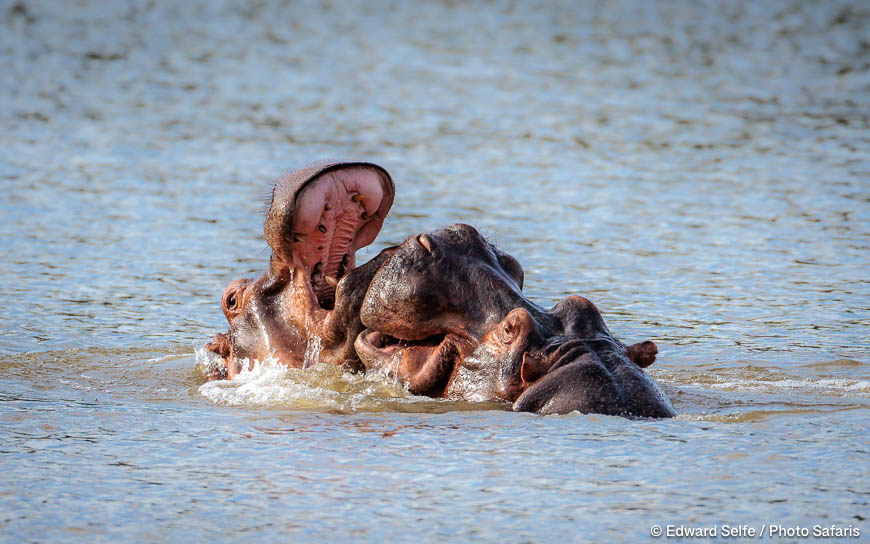
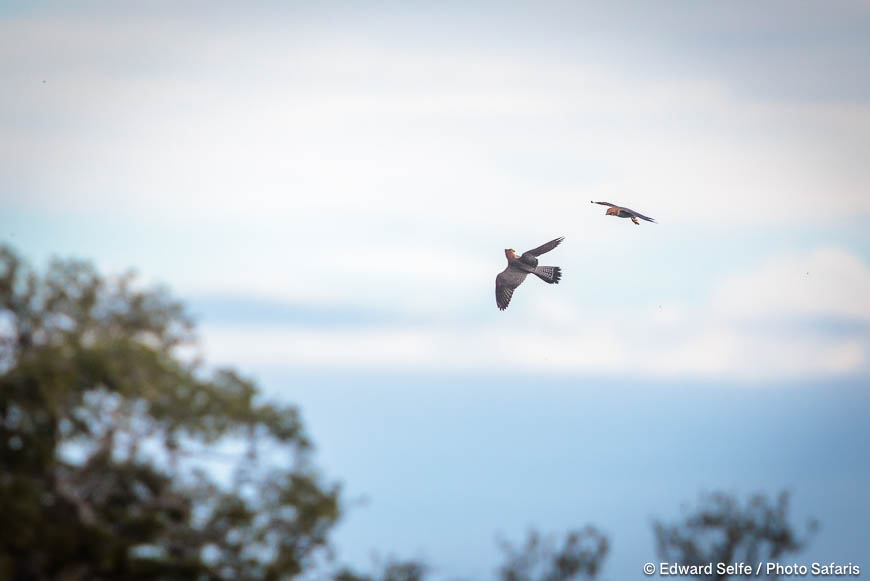
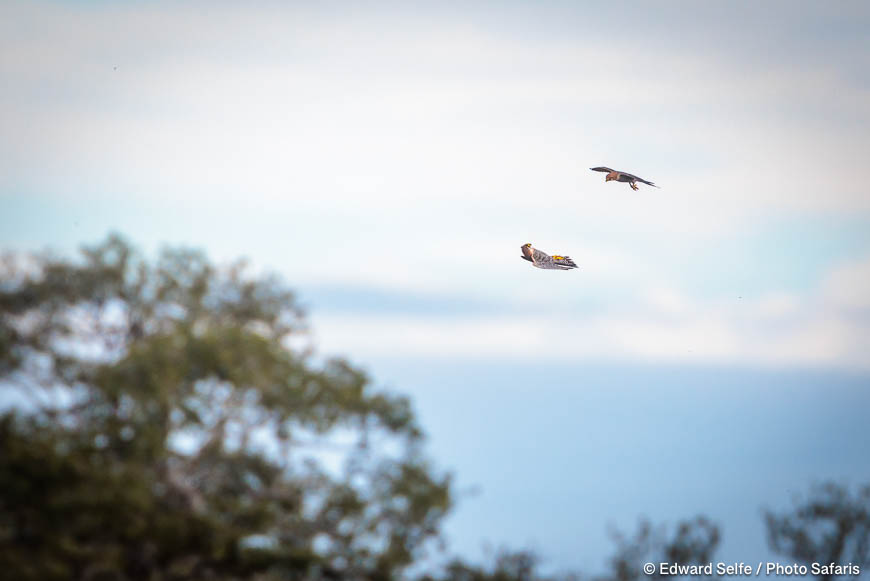
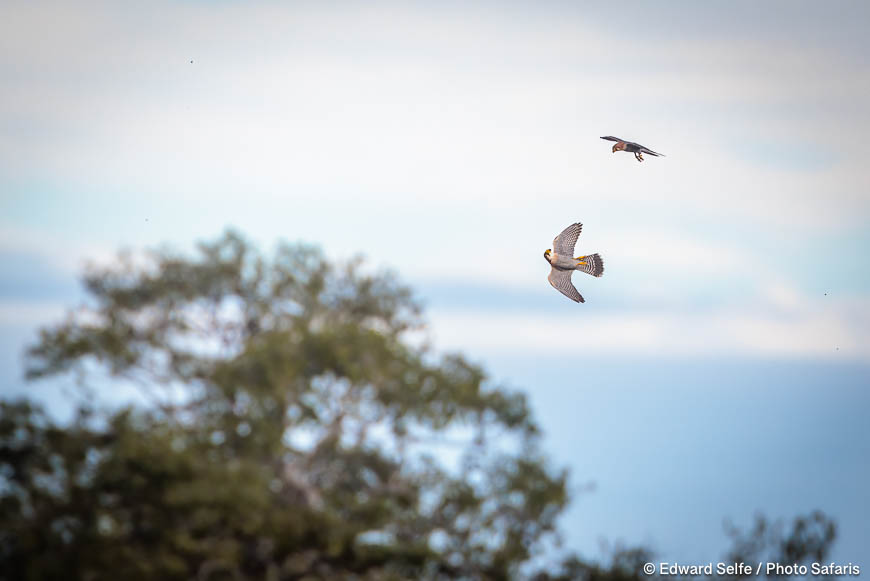
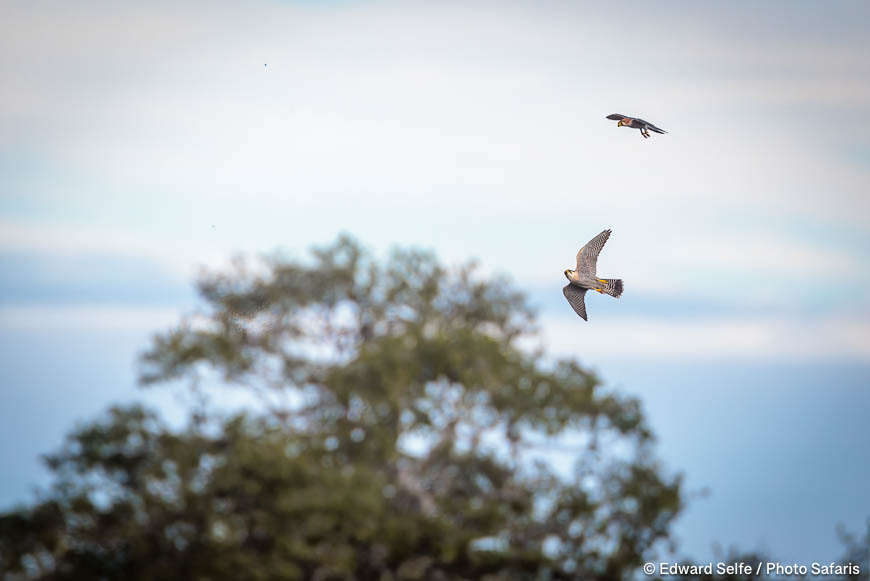
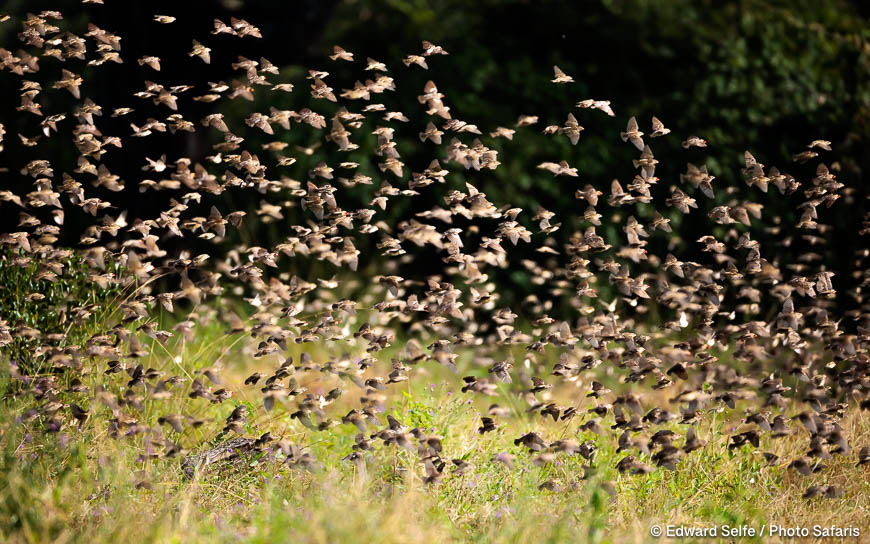
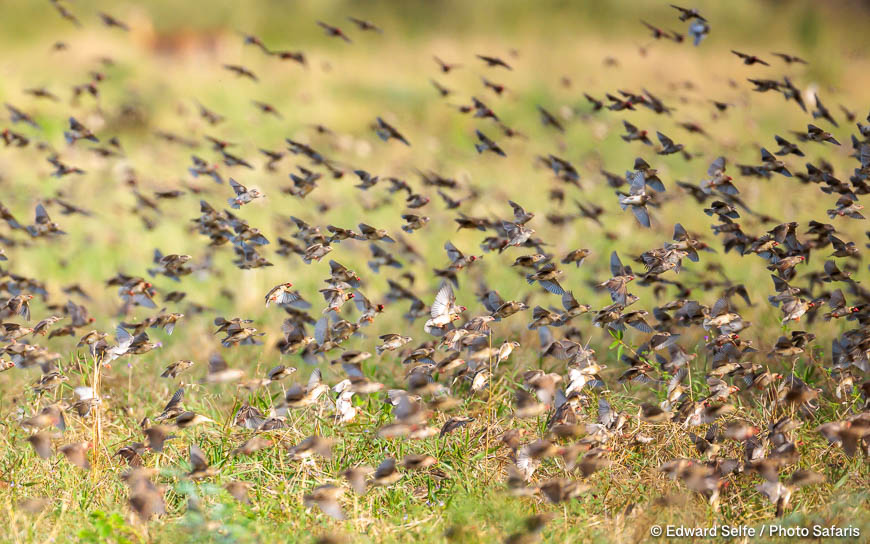
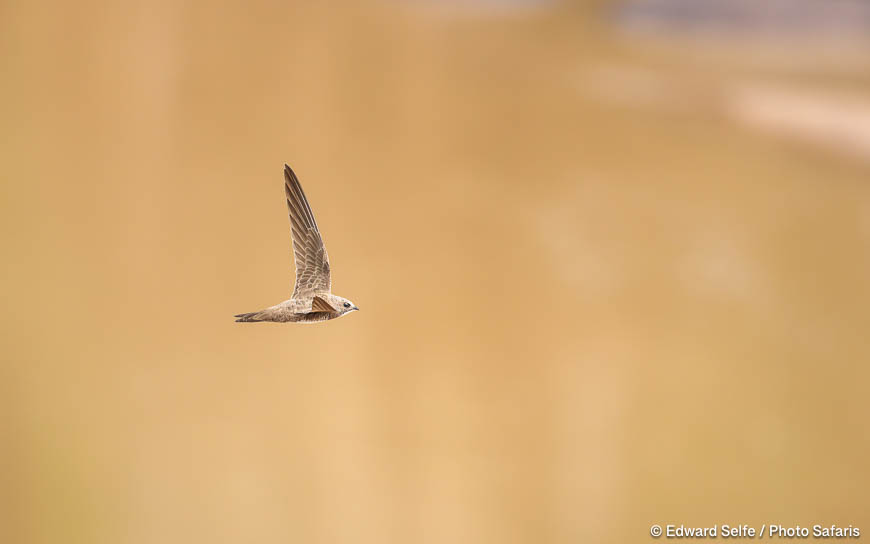
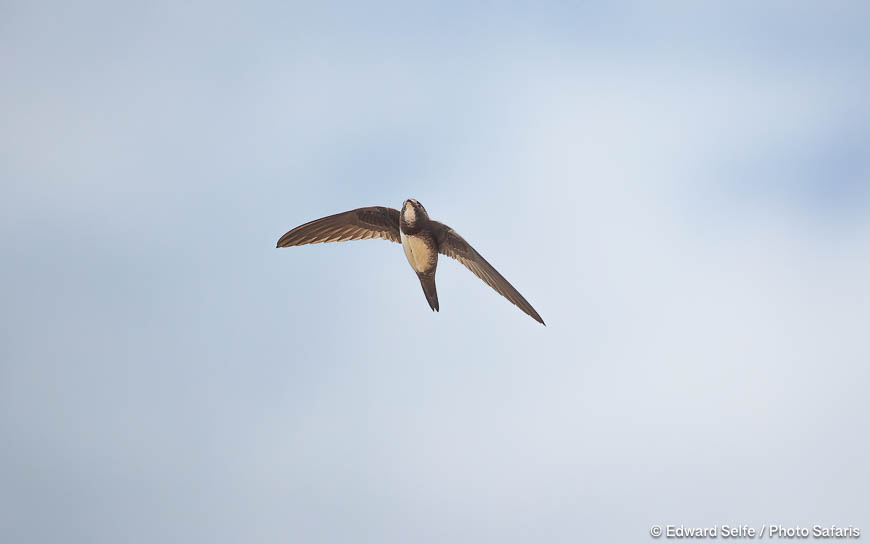
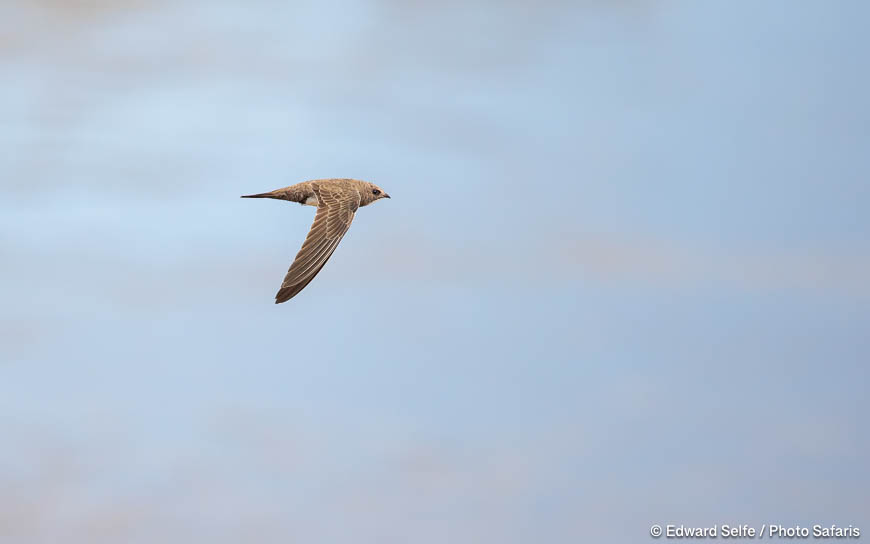
By many standards, a quiet morning in the bush. No big predators, no dramatic action, but at least 3 moments which made the trip worthwhile and it’s always a pleasure to spend slow time in Nature.

